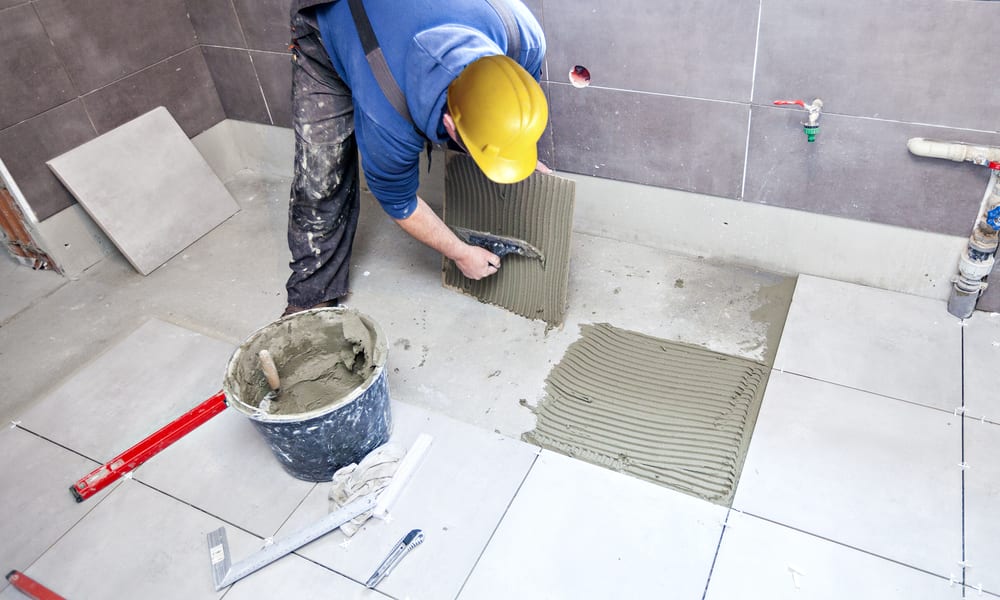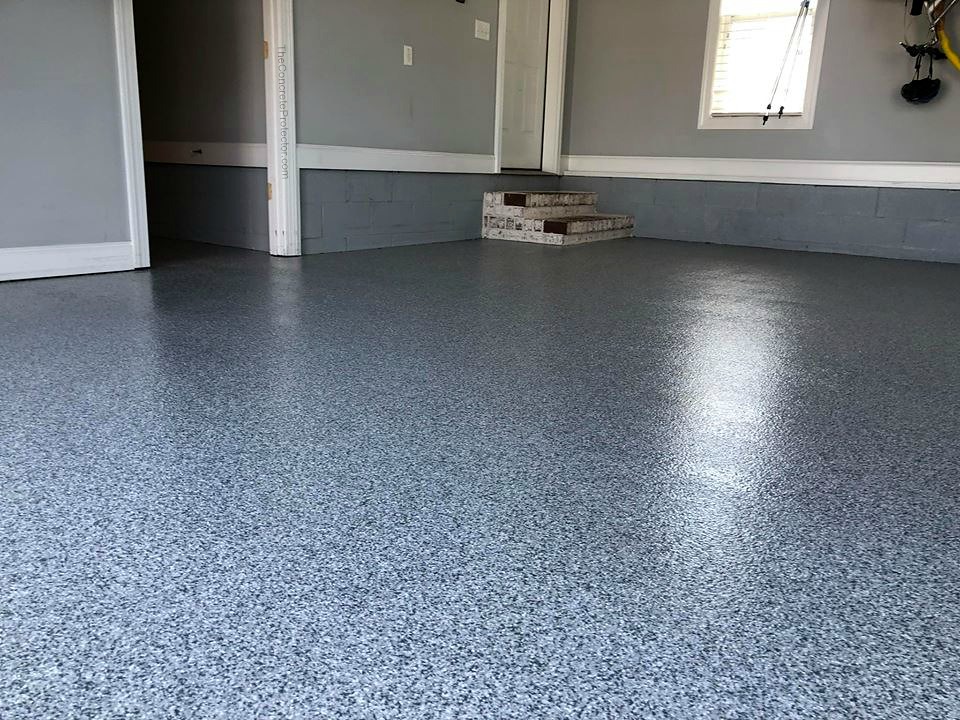Transform Your Bathroom: A Complete Guide to Walk-in Shower Design and Installation
Walk-in showers have become a hallmark of modern bathroom design, offering both practical functionality and sophisticated aesthetics. These barrier-free installations not only create a seamless look but also provide enhanced accessibility and safety features that benefit households of all ages. Whether you're planning a complete bathroom renovation or updating your existing space, understanding the key aspects of walk-in showers can help you make informed decisions for your home improvement project.

Key Design Elements That Define Modern Walk-in Showers
The aesthetic impact of walk-in showers stems from several design elements that work together to create a cohesive look. Frameless glass panels offer an unobstructed view while making the bathroom appear larger and more open. Linear drains installed flush with the floor contribute to the seamless appearance, while wall-mounted fixtures and recessed storage niches maintain clean lines throughout the space. Custom tile patterns and waterfall showerheads can serve as striking focal points that elevate the overall design.
Essential Safety Features for Your Walk-in Shower
Safety considerations are paramount when designing a walk-in shower. Non-slip flooring materials with proper grading ensure efficient water drainage while preventing accidents. Grab bars, strategically placed at entry points and within the shower area, provide crucial support without compromising the aesthetic appeal. Built-in seating options and adjustable-height shower heads accommodate users with varying mobility levels, while adequate lighting prevents shadows and enhances visibility.
Enhancing Bathroom Accessibility and Daily Convenience
Walk-in showers eliminate the need to step over high tub walls, making them ideal for users of all ages and abilities. The curbless design allows for wheelchair access when needed, while the open concept provides ample space for caregivers to assist if necessary. Easy-to-reach controls and handheld shower options enhance the bathing experience, while built-in benches offer comfortable seating for extended grooming routines.
Selecting Materials and Layout Options
The choice of materials significantly impacts both the appearance and functionality of your walk-in shower. Porcelain tiles offer excellent water resistance and come in various styles, while natural stone provides unique patterns and textures. Consider large-format tiles to minimize grout lines and simplify cleaning. Layout options should account for the available space, desired features, and traffic flow within the bathroom.
Cost Considerations and Installation Requirements
Walk-in shower installations vary significantly in price depending on materials, features, and complexity. Here’s a breakdown of typical costs:
| Component | Basic Range | Premium Range |
|---|---|---|
| Glass Panels | £500-£1,000 | £1,500-£3,000 |
| Tiling Work | £700-£1,500 | £2,000-£4,000 |
| Waterproofing | £300-£600 | £600-£1,000 |
| Installation Labor | £1,000-£2,000 | £2,500-£5,000 |
| Fixtures/Hardware | £400-£800 | £1,000-£3,000 |
Prices, rates, or cost estimates mentioned in this article are based on the latest available information but may change over time. Independent research is advised before making financial decisions.
Benefits of Contemporary Walk-in Shower Integration
Beyond the immediate advantages of accessibility and safety, walk-in showers can increase property value and appeal to future buyers. The modern aesthetic creates a spa-like atmosphere while maximizing usable space. Regular maintenance is typically simpler than with traditional shower-tub combinations, and the timeless design ensures longevity in both style and function. Energy-efficient showerheads and proper insulation can also contribute to reduced water and heating costs over time.




